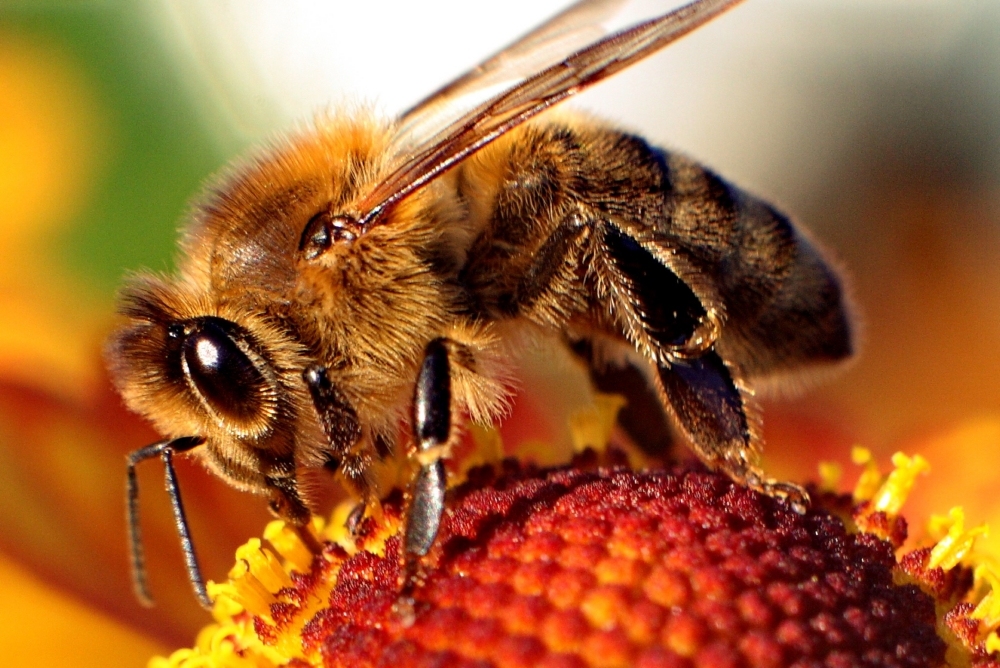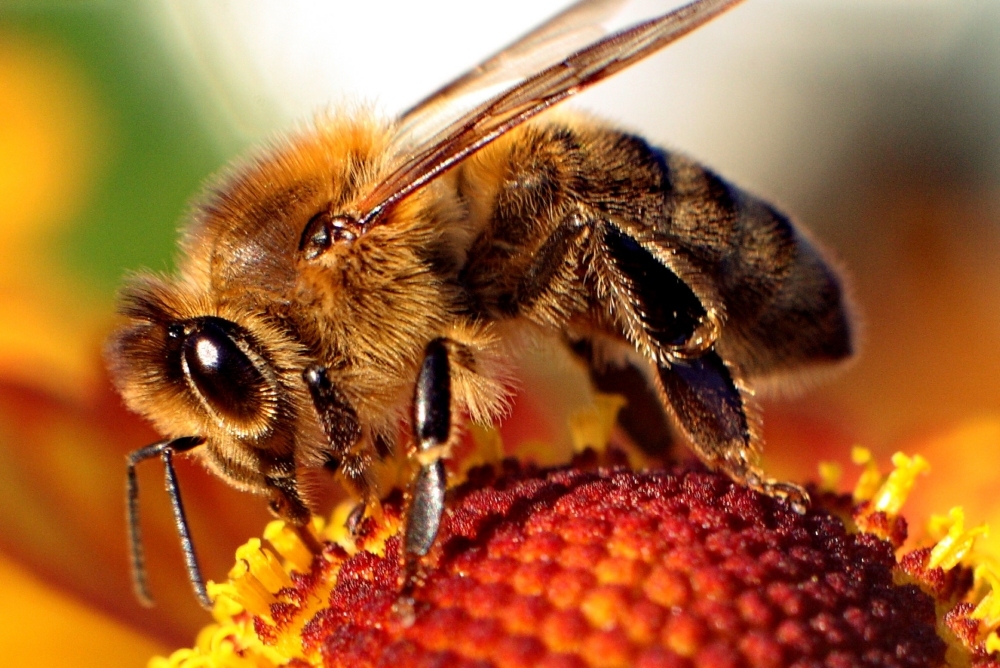

Admittedly, getting stung by a bee is not the most pleasant thing in the world, but bees are hardly the terrors that they are made out to be. In fact, bees are absolutely necessary to our survival. According to a Cornell University study, the value of honey bee pollination to U.S. agriculture is more than $14 billion annually.
But just how necessary are they from a non-economic standpoint?
Researchers estimate that one third of the food we eat would not be available if not for bees (for example, in the United Kingdom, about 70 major crops are dependent on, or benefit from, visits from bees). In addition to this, bees pollinate an estimated 16% of all the flowering plant species (you might want to remember that the next time you lunge for your shoe).
Of course, if bees did die-off, we would likely be able to develop other methods of pollination, but this would come with great cost.
These statistics are exceedingly alarming, as something called “colony collapse disorder” has been destroying bee populations across the globe for the last 10 years. Of course, species come and go on a regular basis, but human interventions have caused the number of extinctions to sky-rocket. Species are dying faster than ever, but fortunately, new evidence may have helped us locate one of the culprits that is behind the bees’ deaths. Obviously, this is an important discovery, as locating the guilty party is the first step is rectifying this issue.
Previously, scientists argued that the massive die-off was being caused by neonicotinoids, which is a form of insecticide that works by damaging the insects’ brain functions and shutting down their nervous systems; however, we didn’t have any hard proof (and people are generally unwilling to change their habits, and governments are unwilling to take action, without hard evidence). However, Harvard environmental biologist Chensheng Lu and colleagues recently published in Bulletin of Insectology and confirmed that hives that are exposed to neonicotinoids are far more likely to suffer colony collapse than those that aren’t.
The Harvard Release states:
Lu and his co-authors from the Worcester County Beekeepers Association studied the health of 18 bee colonies in three locations in central Massachusetts from October 2012 through April 2013. At each location, the researchers separated six colonies into three groups—one treated with imidacloprid, one with clothianidin, and one untreated.
There was a steady decline in the size of all the bee colonies through the beginning of winter—typical among hives during the colder months in New England. Beginning in January 2013, bee populations in the control colonies began to increase as expected, but populations in the neonicotinoid-treated hives continued to decline. By April 2013, 6 out of 12 of the neonicotinoid-treated colonies were lost, with abandoned hives that are typical of CCD. Only one of the control colonies was lost—thousands of dead bees were found inside the hive—with what appeared to be symptoms of a common intestinal parasite called Nosema ceranae.
While the 12 pesticide-treated hives in the current study experienced a 50% CCD mortality rate, the authors noted that, in their 2012 study, bees in pesticide-treated hives had a much higher CCD mortality rate—94%. That earlier bee die-off occurred during the particularly cold and prolonged winter of 2010-2011 in central Massachusetts, leading the authors to speculate that colder temperatures, in combination with neonicotinoids, may play a role in the severity of CCD.
Consequently, for some scientists, it is becoming clear that strong measures may be needed to remove neonicotinoids from our list of approved insecticides in order to protect bees. Of course, no one should be too upset over this, as insecticides are generally used to protect crops, so who would want to use an insecticide that does the exact opposite by killing off one of nature’s primary pollinators?
That said, it is unlikely that sweeping changes will be made soon, as many feel that, damning though the evidence may be, it is not entirely conclusive. To this end, studies will continue to be made in relation to CCD, and other contributing factors will be investigated so that they may be fully understood, such as studies into harmful mites that have been attacking bee populations. In any case, it may be a step forward, but don’t expect any major changes in policy anytime soon.